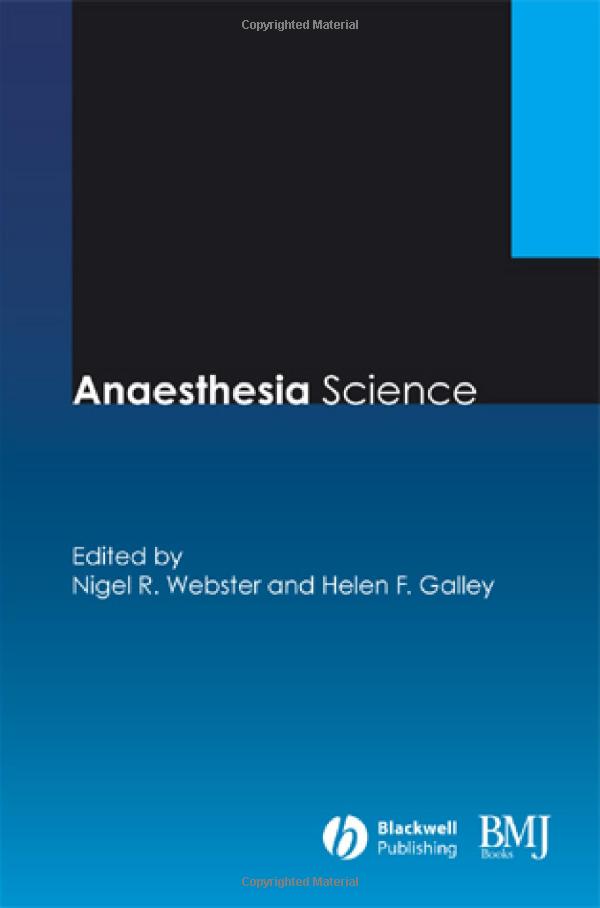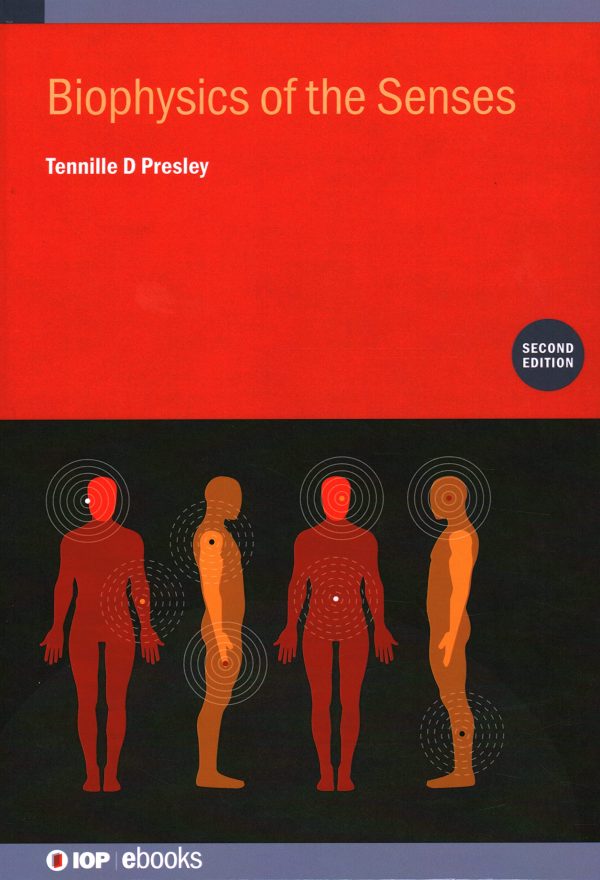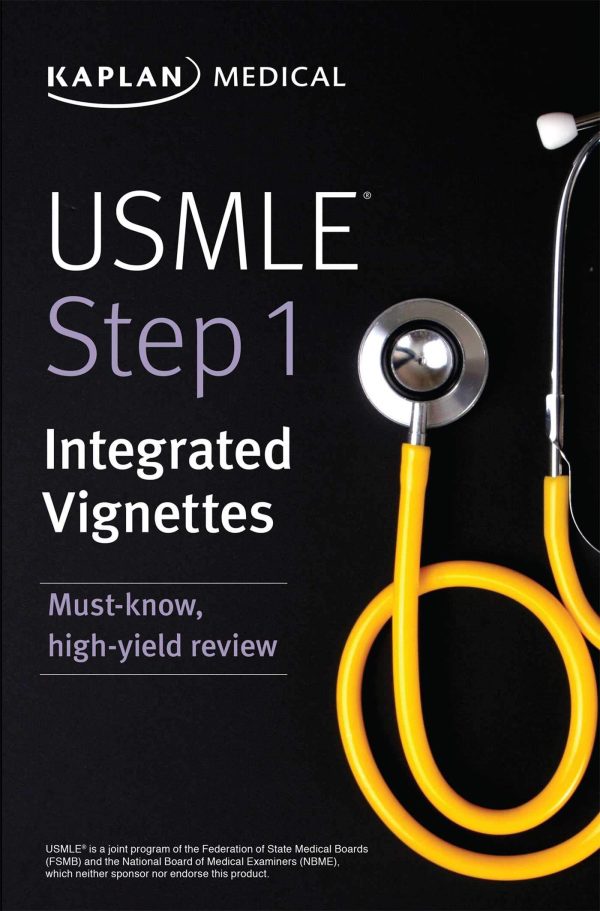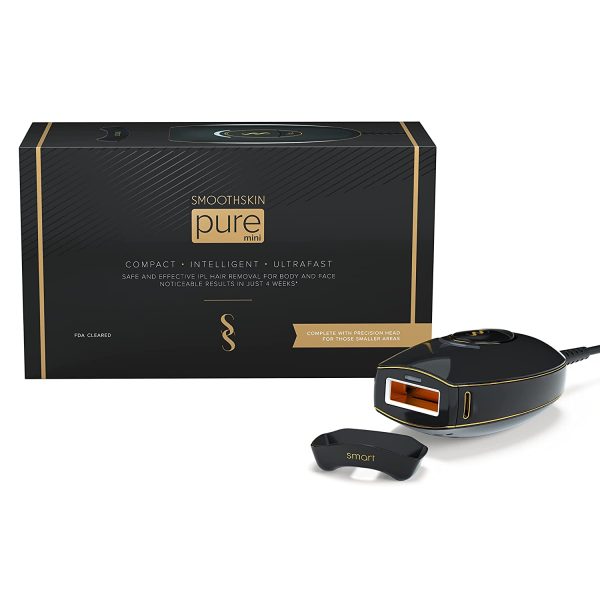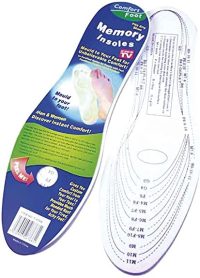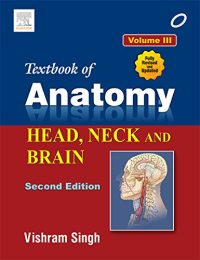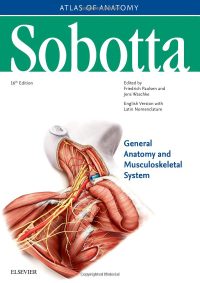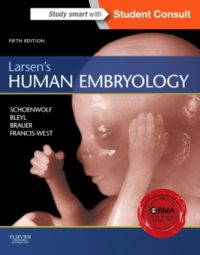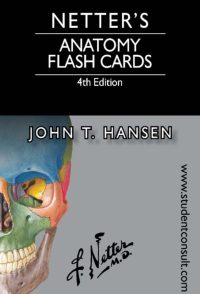Description
Brief Overview of Anaesthesia Science by Webster
The aim of this book is to apply for the current FRCA type test, where research is applied in a clinical setting. Earlier books, as with old tests, differentiate research from clinical education. The writers are reviewers of FRCA and know what is needed and how to present the content.
The scientific basis, on which the professional practice of anaesthesia and caring for the vital sick person is based on, is anaesthesia research.
Introduction Anaesthesia Science offers a comprehensive summary of less well-established problems such as microcirculation, multi-organ loss, and pain myths, based on the fact that fundamental research underlies anaesthesia.
Anaesthesia Science by Webster extensively combines the professional practice of anaesthesia with the fundamental sciences and offers all the relevant knowledge in a realistic manner.
In addition, in their reviews, the authors, who comprise some of the world’s leading anaesthesiologists, regularly, include the core elements of the research behind anaesthesia.
The science of Anaesthesia is based on the Royal College’s (FRCA) Fellowship program for trainees who study for the FRCA and the European Diploma of Anaesthesia as well as other similar exams. you can also read Anaesthesia for Minimally Invasive Surgery.
Key features of Anaesthesia Science by Webster
- The scientific basis, on which the professional practice of anaesthesia and caring for the vital sick person is based on, is anaesthesia research.
- Published according to the fundamental research underlines anaesthesia procedure
- Any of the top anesthesiologists in the world are donors
- It addresses less well-appreciated topics such as microcirculation, multi-organ loss, and pain theory
- Integrate anaesthesia clinical experience with fundamental science thoroughly, and include the relevant knowledge in a convenient source
- The European Certificate in Anesthesiology, and some of the related exams, was based on a Fellowship of the Royal Collège of Anaesthetists (FRCA) and is directed at trainee anaesthetists studying for the FRCA.
In 1977, Nigel Webster was awarded a medical degree from the University of Leeds and in 1985 obtained his doctorate. In 1994 he was elected a Chair at the Universidade of Aberdeen in Anaesthesia & Intensive Care. Professor Webster has a detailed record of inflammatory and immune reactions in the chronically ill person.
He reviews a number of basic sciences, analytics, and journals for critical care and is a member of the editorial board of the British Journal for Anesthesia.
In 1989 Helen Galley received her doctorate at Leeds University. In 1995 she was appointed lecturer in anaesthesia & intensive care at Aberdeen University and in 2000 she obtained her doctorate.
Dr. Galley has produced 60 academic papers, 26 articles, and 12 novels. Her interests center on the inflammatory and immune reactions of people who are chronically ill.
Dr. Galey is a reviewing member of the board of trustees of the British Journal of Anaesthesia in much medical research, anaesthesia, and critical care journals.
Table of Contents
Anaesthesia Science by Webster is divided into 3 sections in a total of about 30 unique chapters
Section 1: Drug Studies
- Chapter 1 Theory Pharmacokinetic
- Chapter 2 Drug Engineering
- Chapter 3 Pharmaceuticals
- Chapter 4 Receptors and mechanisms for second messengers
- Chapter 5 Anaphylactic
- Chapter 6 Chirality reflections
- Chapter 7 canals of ion
- Chapter 8 Attunement
- Chapter 9 Anesthesia mechanisms: a function for K channels voltage-guided?
- Chapter 10 Antibiotic use and misuse
Section 2: Physiology
- Chapter 11 Entzundment and immunity
- Chapter 12 Shake: pathophysiology and pathogenesis
- Chapter 13 Physiology of cells
- Chapter 14 Equilibrium of acid-base: albumin and heavy ions
- Chapter 15 Electrolytes and fluids
- Chapter 16 the micro circles
- Chapter 17 Molecular respiratory physiology,
- Chapter 18 Lung functions not respiratory,
- Chapter 19 the brain following acute injury as a cause of inflammation
- Chapter 20 failure of the heart,
- Chapter 21 Hormonal and metabolic anaesthesia response, surgery, and trauma,
- Chapter 22 Monitoring of temperature
- Chapter 23 Pain myths
- Chapter 24 Transmission and role of neuromuscular
Section 3: Clinical measurement
- Chapter 25 Magnetic resonance imaging,
- Chapter 26 Nanotechnology,
- Chapter 27 Assessment of the cardiovascular system,
- Chapter 28 Assessment of respiratory function,
- Chapter 29 monitoring the depth of anaesthesia,
- Chapter 30 Research study design

